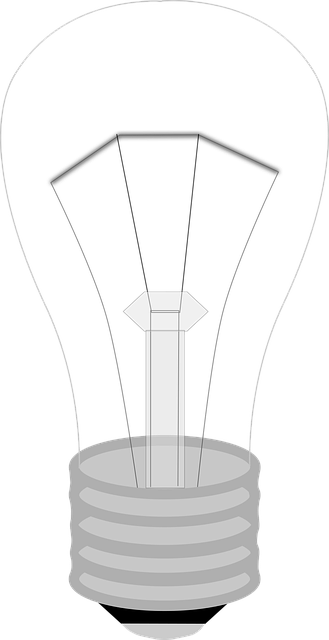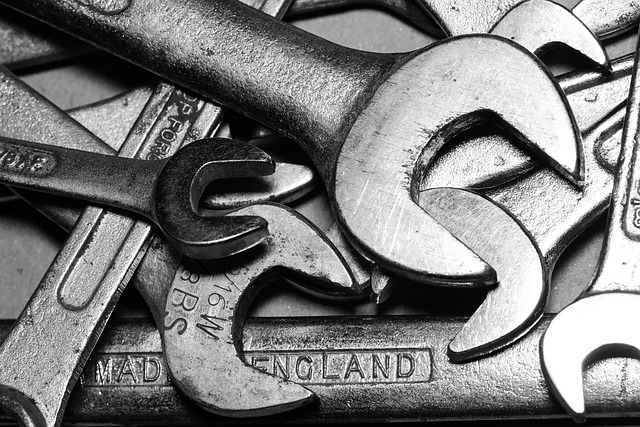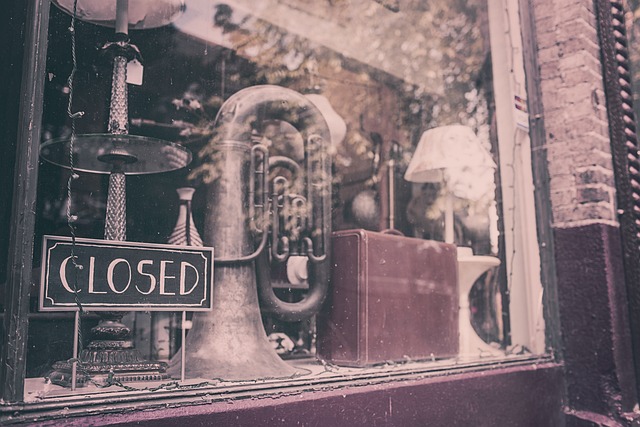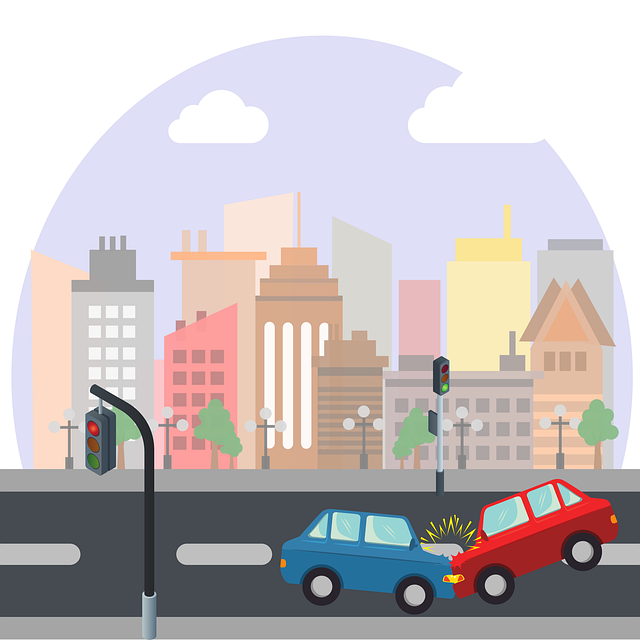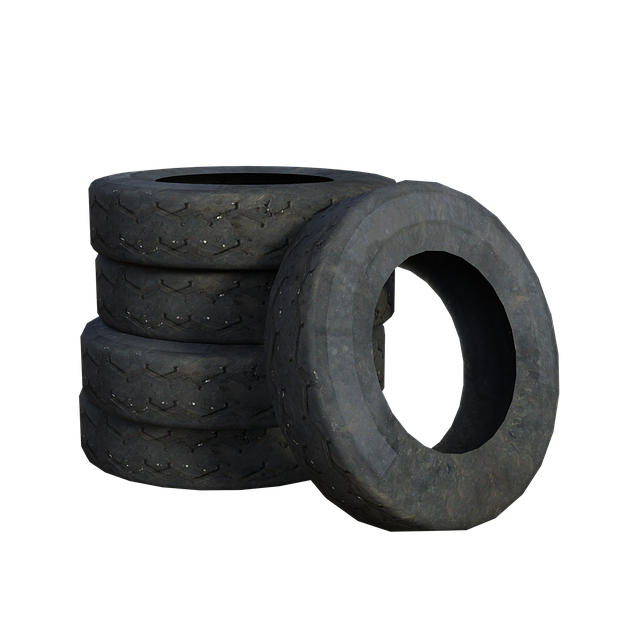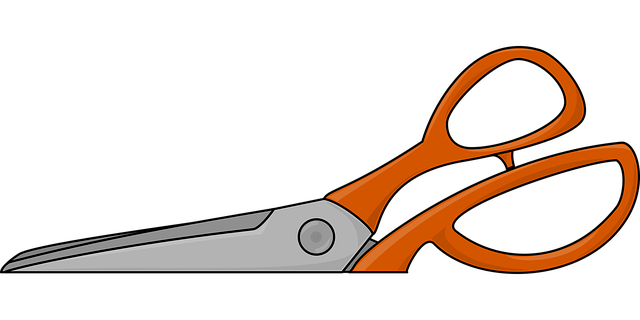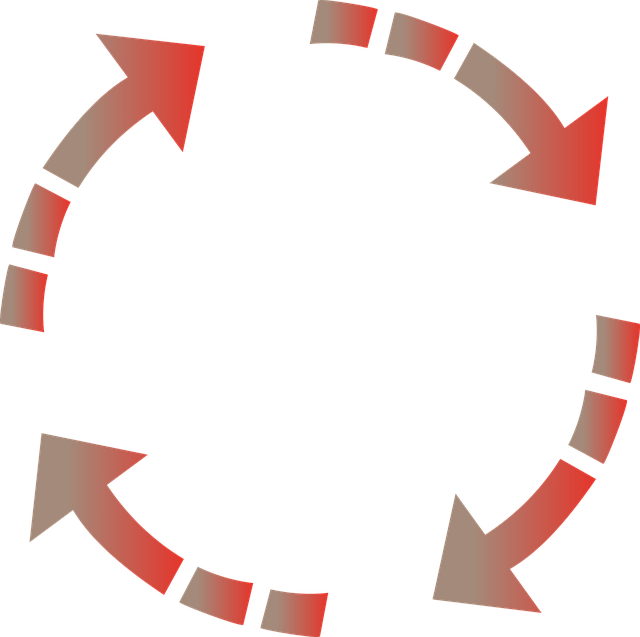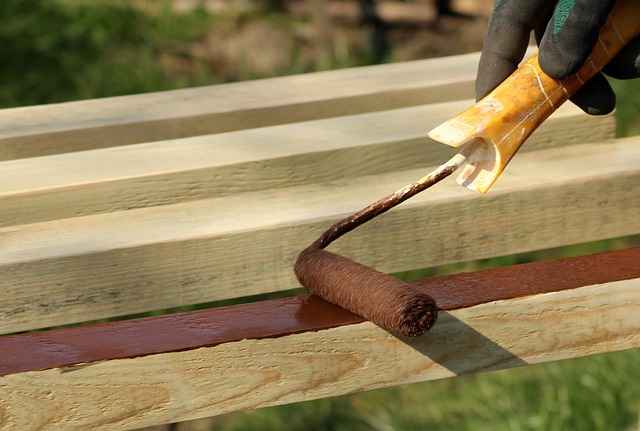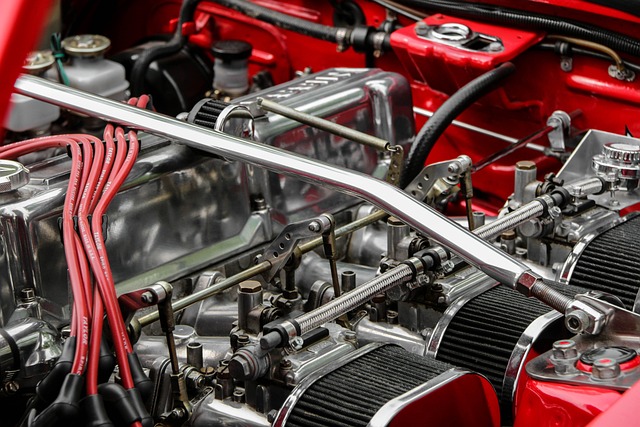Post-accident frame analysis is a critical legal tool that goes beyond visual assessment to uncover hidden damages like frame deformations and misalignments, crucial for insurance claims and lawsuits. This scientific method involves examining structural integrity, interpreting contextual information, and reconstructing accident scenes to determine liability and facilitate fair compensation. By applying specialized techniques, experts provide compelling evidence, ensuring just settlements or robust court cases in auto body restoration and repair processes.
Post-accident frame analysis is a powerful tool that transforms legal claims by offering a nuanced understanding of events. This methodically structured approach examines the context and narrative surrounding an accident, providing critical insights beyond raw data. By analyzing the ‘frame’ through which accidents are perceived and interpreted, legal professionals can strengthen cases, challenge narratives, and present compelling evidence. This article delves into the legal perspective, explores the role of context and narrative, and highlights how evidence-based frame analysis enhances claim outcomes.
- Understanding Post-Accident Frame Analysis: A Legal Perspective
- The Role of Context and Narrative in Accident Reconstruction
- Enhancing Legal Claims with Evidence-Based Frame Analysis
Understanding Post-Accident Frame Analysis: A Legal Perspective
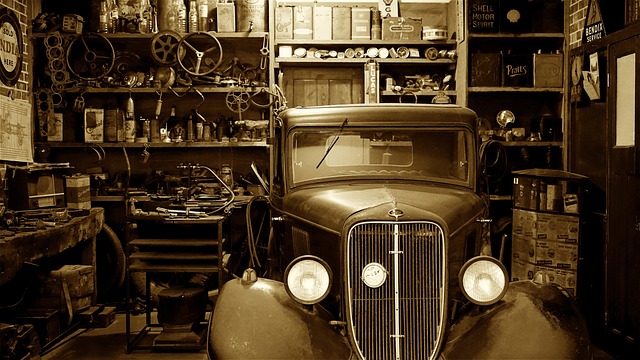
Post-accident frame analysis is a critical legal tool that provides a comprehensive understanding of vehicle damage and its implications for insurance claims and lawsuits. From a legal perspective, this process involves examining the structural integrity and aesthetic condition of a vehicle post-collision. It goes beyond mere visual assessment; it requires specialized knowledge and equipment to analyze hidden damage, such as frame deformations, misalignments, and potential long-term effects on safety and performance.
This analysis is crucial in supporting legal claims because it can reveal the true extent of damage, distinguishing between superficial repairs and underlying structural issues. For instance, a collision center might offer swift vehicle repair, but a thorough post-accident frame analysis can uncover hidden weaknesses that may affect the car’s longevity and safety standards. This evidence is invaluable for negotiating settlements or building strong cases in court, ensuring justice and appropriate compensation for all parties involved.
The Role of Context and Narrative in Accident Reconstruction

The reconstruction of accidents is a complex process that involves piecing together various elements to create a coherent narrative of what transpired. Context and narrative play pivotal roles in post-accident frame analysis, offering crucial insights into legal claims. The context includes the physical surroundings, weather conditions, road layout, and any relevant environmental factors that might influence the incident. By examining these aspects, experts can establish the circumstances leading up to the accident, providing a foundation for understanding the subsequent events.
Narrative, on the other hand, involves constructing a sequence of events from the initial trigger to the final outcome. It requires analyzing the actions and decisions made by all parties involved, including drivers, passengers, and witnesses. Integrating this narrative with physical evidence from the scene and the reports of those present allows for a comprehensive understanding of the accident’s causes and impact. This approach is invaluable for body shop services, as it can help determine liability, assess damage to car bodywork, and support compensation claims, ensuring fairness in legal proceedings.
Enhancing Legal Claims with Evidence-Based Frame Analysis

Post-accident frame analysis is a powerful tool that enhances legal claims by providing an evidence-based perspective on vehicle damage. This meticulous process involves examining the scene, collecting data, and applying specialized techniques to interpret the incident’s impact on the vehicle’s structure. By delving into these intricate details, legal professionals can strengthen their arguments and present compelling cases.
Frame analysis offers a scientific approach to understanding the dynamics of an accident, which is crucial for determining liability. It goes beyond surface-level observations, taking into account various factors such as impact angles, force distribution, and deformation patterns. This evidence-centric methodology not only assists in auto body restoration but also ensures accurate assessments, ultimately supporting claims in auto repair shops and facilitating fair settlements or verdicts.
Post-accident frame analysis is a powerful tool that significantly enhances legal claims by providing a comprehensive understanding of accident contexts and narratives. By objectively examining the circumstances surrounding an incident, this analysis offers valuable evidence-based insights, ensuring that legal strategies are robust and well-informed. This approach, which focuses on the context and storytelling aspect of accident reconstruction, can be a game-changer in legal proceedings, ultimately supporting arguments and leading to more favorable outcomes.


